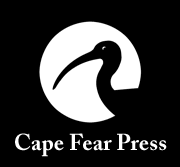 | ||||||||||||||||||
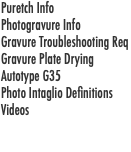 | 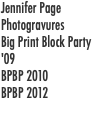 | 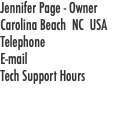 | ||||||||||||||||
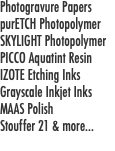 |  |  |  | |||||||||||||||
Ferric Ammonium Citrate Sensitized Photogravure | ||
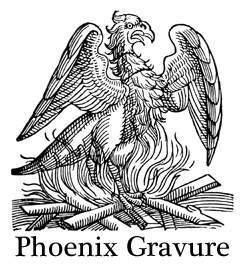 | ||||||
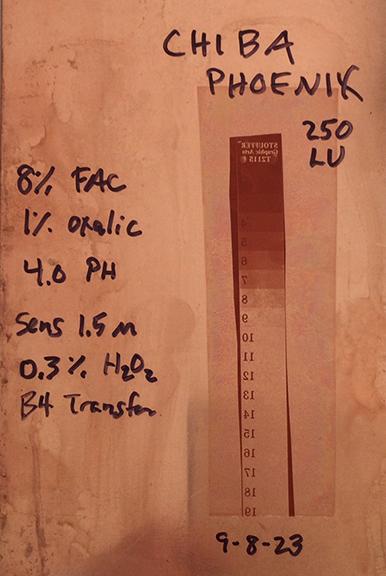 | ||||||
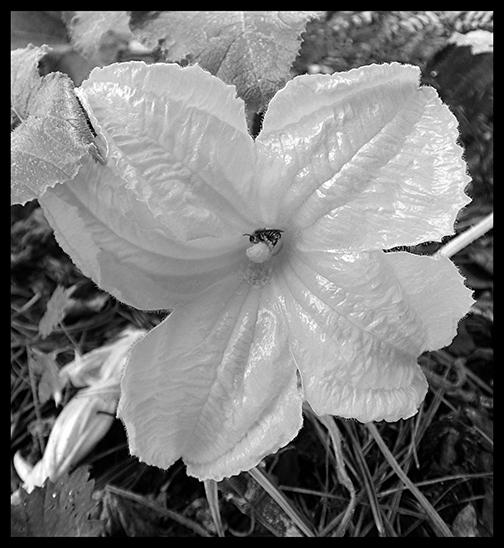 | ||||||
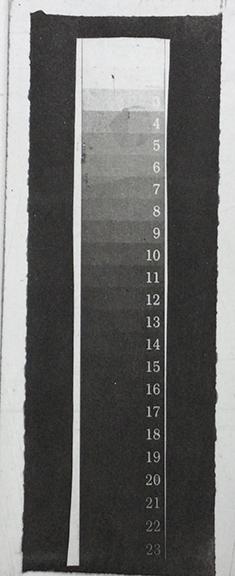 | ||||
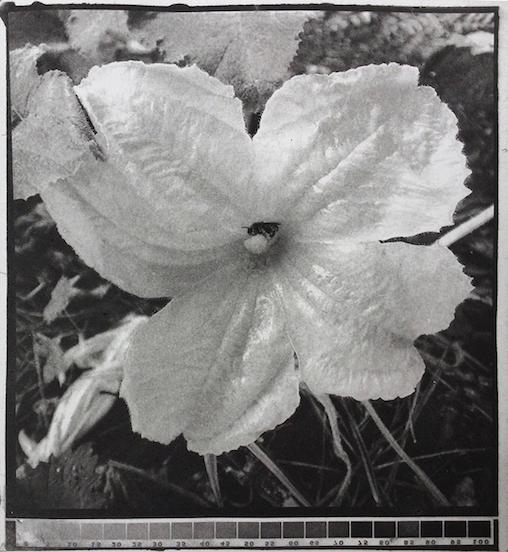 | ||||
Ferric Ammonium Citrate Sensitized Photogravure Many thanks to the Carbon Printers who have been experimenting with this sensitizer, particularly Halvor Bjoerngaard who wrote The Chiba System, A Non Toxic Alternative to the Dichromate Processes and the recommendations of Habib Saidane who is experimenting with FAC and carbon. I tried this sensitizing process many years ago and it failed miserably. I do not remember what went wrong exactly. This was probably around the same time I was experimenting with DAS which was 2013. I have never felt like DAS was a viable and completely safe substitute as it came with its own warnings, its high cost and limited availability. I decided to give the FAC another go recently after seeing a recent social media post by fellow photogravurist Hervé Sachy and watching some YouTube videos by Habib Saidane. I sensitized a piece of Phoenix Gravure and made an exposure with a Stouffer 21 step, I transferred and developed it with success! Test 1, Sep 8, 2023, Stouffer 21 Wedge, expose and transfer, no etch: I also experimented transferring the exposed gelatin in cold water as usual and developing in an H₂O₂ solution but this produced no cross linking in the gelatin the way using a little H₂O₂ in the transfer bath did. The cross-linking of the exposed gelatin in dilute H₂O₂ is quite immediate. Test 2, Sep 16, 2023 Pumpkin Blossom etch: Test 3, Sep 17, 2023, Stouffer 31 etch: • These tests show great promise for using FAC as an alternative sensitizer for photogravure with Phoenix Gravure or other gravure tissues. The methods are essentially the same as when using the standard sensitizer and the chemistry is also very safe and affordable. • I can also see that FAC sensitizer and Phoenix can also be used for high contrast approaches like photo etching. Use lower concentrations (8%) and longer exposures in this situation. Film positives can be halftoned (laser copy on transparency, inkjet or imageset) or hand drawn such as ink on mylar, Sharpie on inkjet film, litho crayon or pencil on 3 mil matte mylar etc. Matte mylar films need 1.75 times the usual film exposure to make up for the film’s density. Always talc the crayon side before exposure or leave the crayon side up for exposure. Etch these plates in 41º or 40º Baumé ferric chloride. This simpler and safe approach could be a real gateway method for easing into the continuous tone etching process of photogravure. Jennifer Page | ||